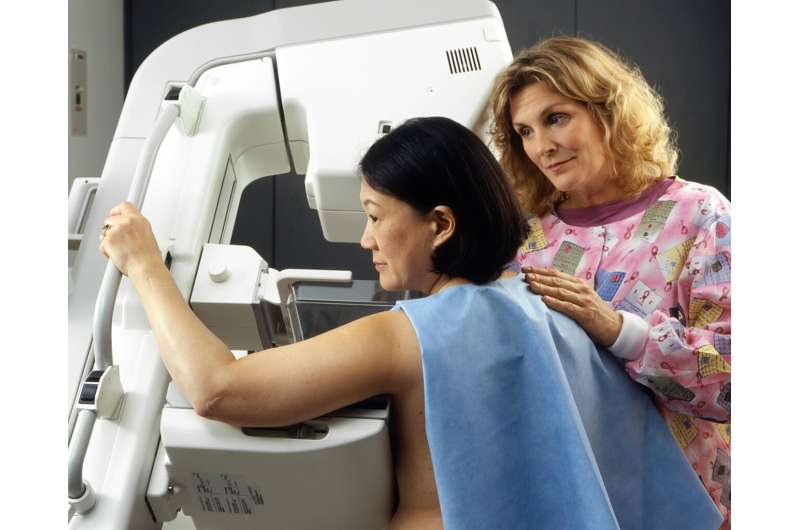And because it uses existing health infrastructure, routine mammography may offer a cost-effective ‘two for one’ effective screening option for women, suggest the researchers.
Cardiovascular disease and its risk factors are underrecognized and undertreated in women, and risk prediction algorithms have underperformed in them, point out the researchers. And while newer risk scores perform better in women than in men, they are complex and their accuracy depends on extensive medical data, which isn’t always available, they add.
The extent of arterial calcium deposits (BAC) and tissue density in the breasts have been linked to cardiovascular disease risk, but BAC isn’t associated with obesity and is negatively associated with smoking, suggesting that it’s not effective by itself, they suggest.

